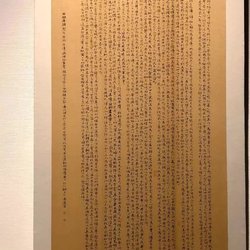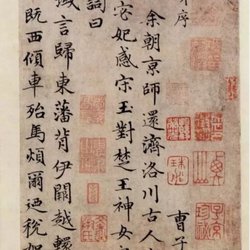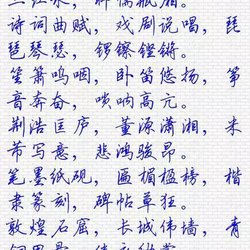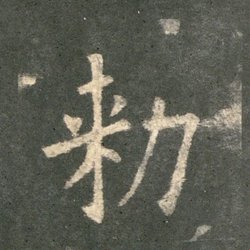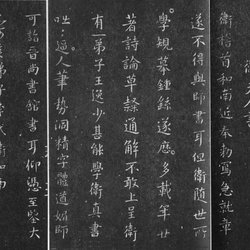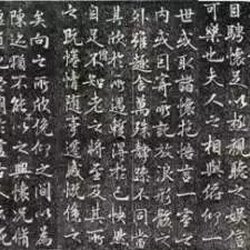Among the Dunhuang posthumous books collected by the National Library of China, there is a scroll of the first chapter of Lu Ji's "On Death", numbered BD15343. This is a fine scroll written on yellow paper and ink, written in Gongkai regular script, and graceful and handsome. In terms of its collation value, it can be regarded as the best among the existing Tang Dynasty manuscripts. Today, please come together to learn about this exquisite piece of Dunhuang posthumous writings collected by the National Library of China - the Tang Dynasty manuscript "Debating Death, Part 1".
After the discovery of the Dunhuang Scripture Cave, the documents unearthed in it were scattered around the world. Comparative research by scholars has shown that this scroll was copied by the same person as the manuscript of Lu Ji's "Five Classes" in the National Museum of China and Li Xiaoyuan's "Theory of Destiny" in the Dunhuang Academy. No. P.2648 can be connected back and forth with the "Lun Destiny" collected by the Dunhuang Academy. The lines and fonts of these volumes are exactly the same, and they all have the same traces of modification. Obviously, they all come from the same "Selected Works" manuscript, and are now scattered in four collection institutions in China and France.
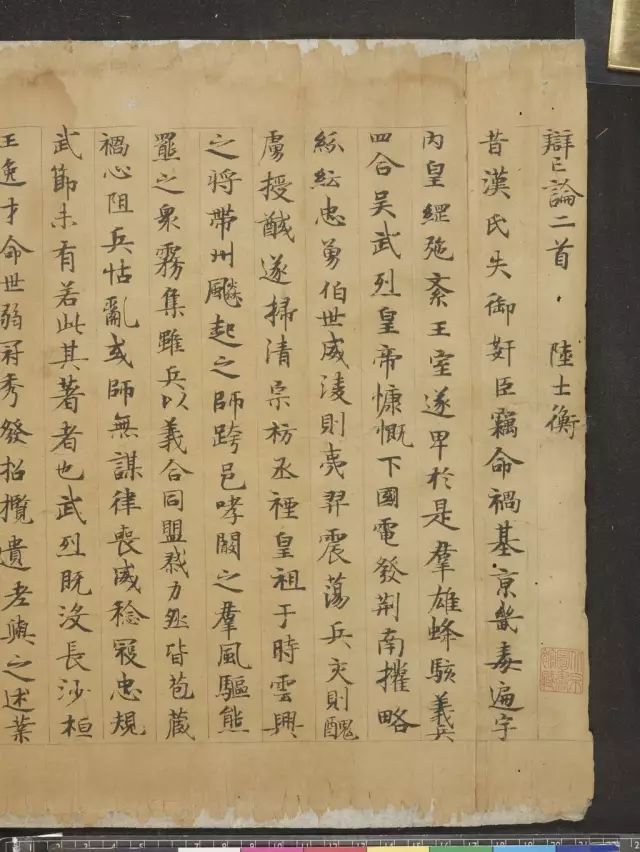
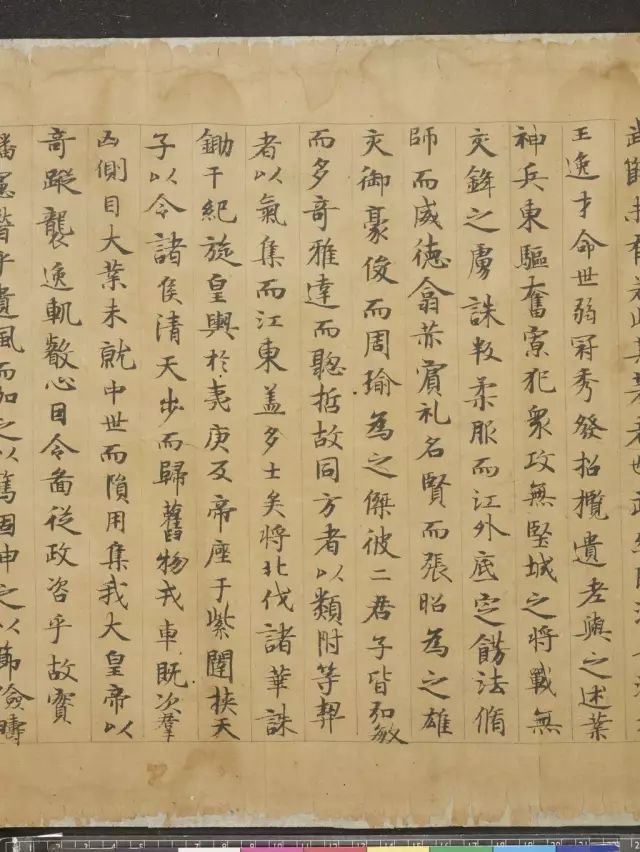
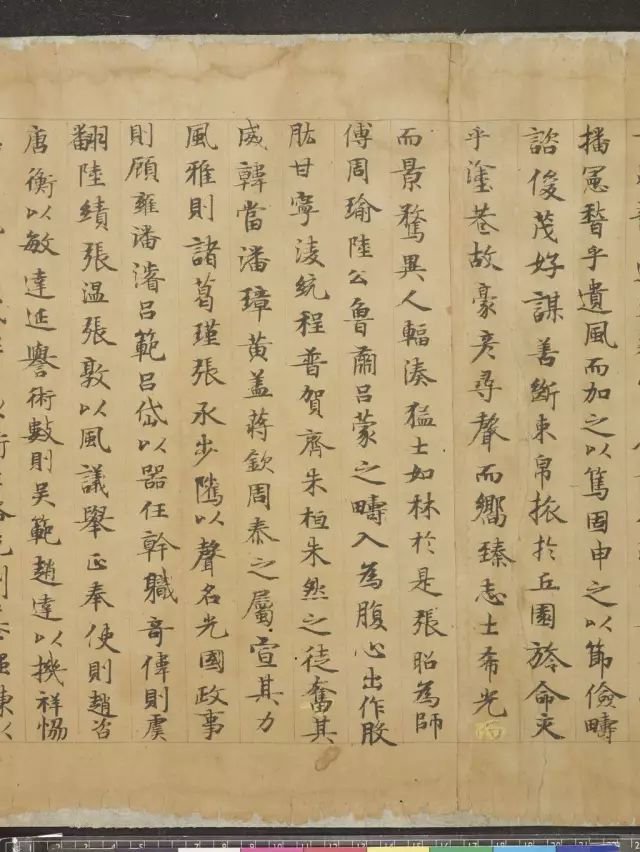
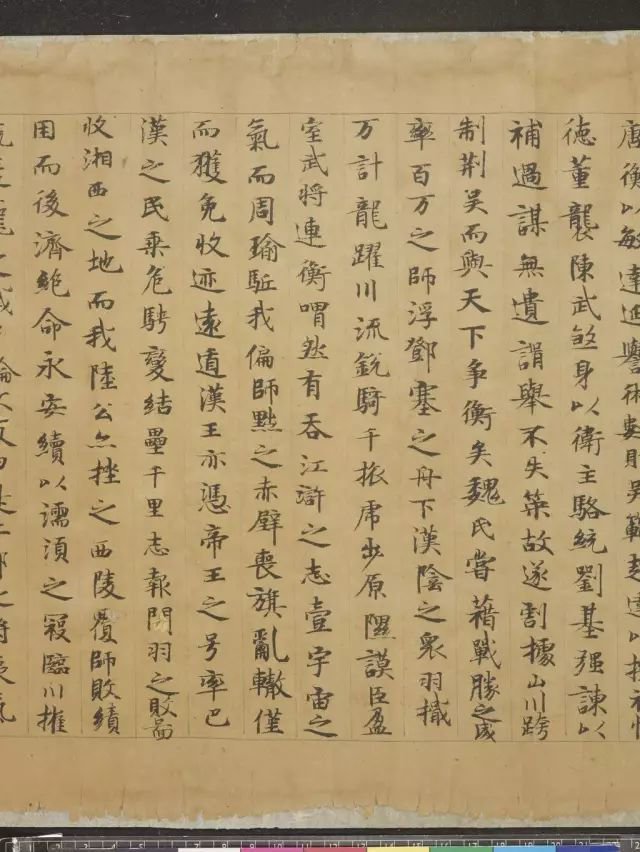
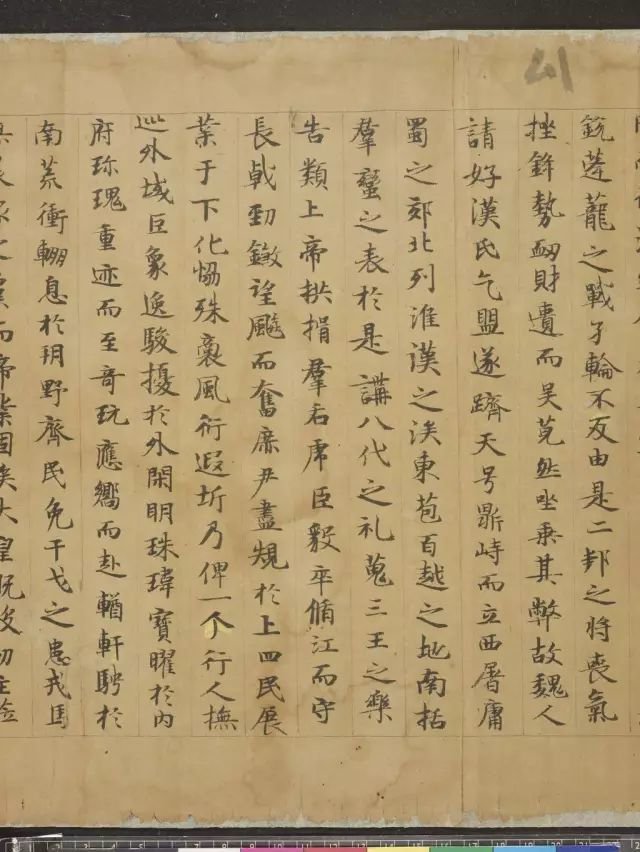
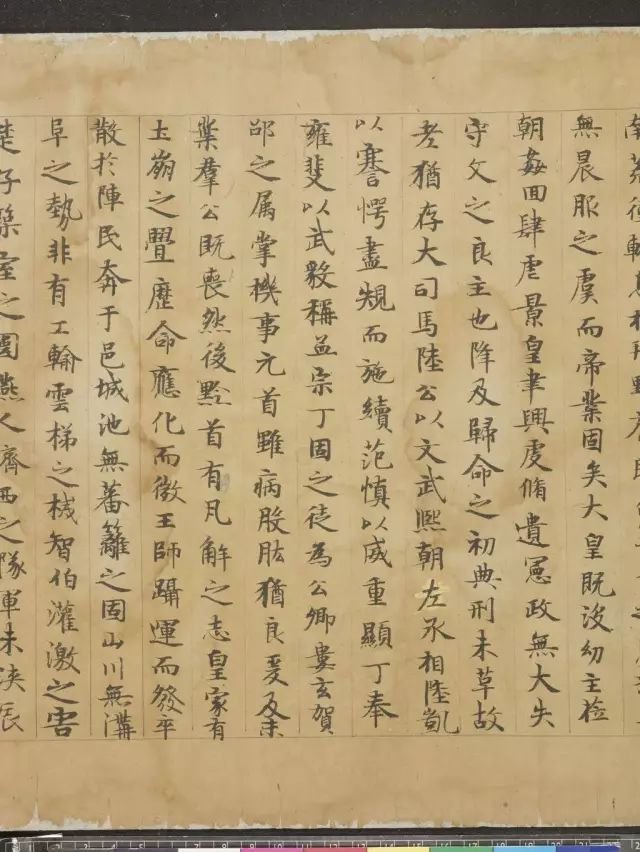
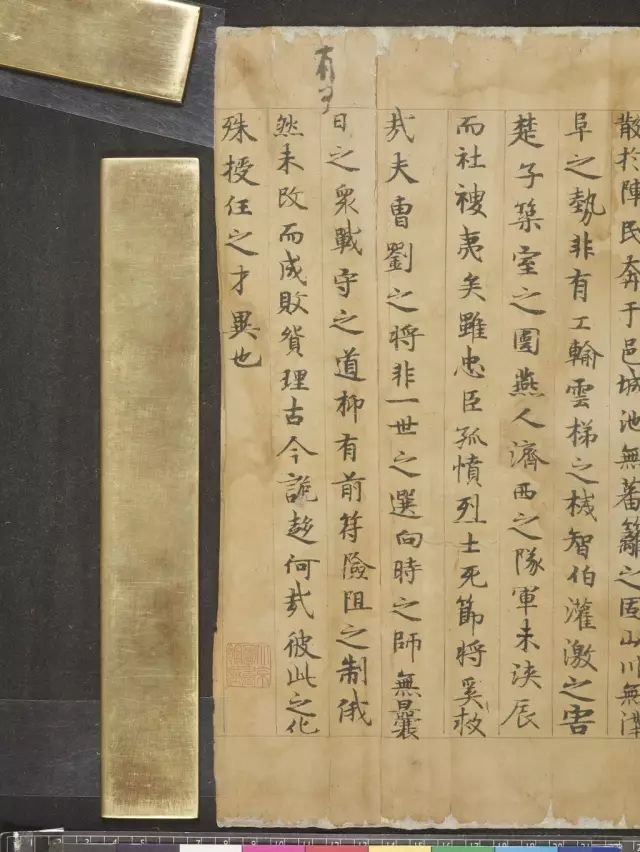
Lu Ji, who lived in the late 3rd century AD, was a great scribe during the Wei and Jin Dynasties in China. Lu Ji is "a rare genius with the best articles in the world". He has written more than 200 poems, poems and articles that have been handed down to this day. He is also one of the founders of parallel prose. "Discussion on Death" is his masterpiece in parallel prose. Lu Ji is also a famous calligrapher and is good at cursive writing. There is a piece of cursive "Pingfu Tie" handed down from generation to generation. It is also the earliest authentic calligraphy of ancient celebrities in China and is now stored in the Palace Museum. "Pingfu Tie" is a letter written by Lu Ji to a friend. It is a practical document with simple and natural writing style. It is very close to the cursive script unearthed from the Han and Jin Dynasty bamboo slips. From it, we can see the development and evolution of cursive script from Zhang Cao to modern cursive script.
Lu Ji's grandfather and father were both pillars of the Eastern Wu Dynasty, and he himself experienced the defeat of his motherland. His family background and national calamity prompted him to reflect on the reasons for the rise and fall of the country, so he imitated the Han Dynasty Jia Yi's "Guo Qin Lun" and wrote "Guo Qin Lun". Debate on Death" is composed of two parts. "Debating the Death" narrates the history of Soochow from its rise to its fall, and summarizes the reasons for Soochow's defeat. Lu Ji believes that the reason why Sun Ce and Sun Quan were able to rise was that they were able to "be modest in order to appease the people, be generous and benevolent in order to achieve harmony, be lenient in order to induce Junyi's plans, and be kind and harmonious in order to gain the love of the people"; during the reign of Sun Hao, During this period, "all the princes are mourned, and then the head of Guizhou is in danger of disintegration, and the royal family is in danger of collapse." In other words, Lu Ji attributed the fundamental reason for the success or failure of a country to the ability to know people well and do their jobs well. The eloquent discussion was full of deep feelings of mourning for the motherland. "Bianding Lun" is a famous chapter in ancient history with magnificent rhetoric and hearty writing style. It was included in "Selected Works of Zhaoming" and was widely recited. Even in Dunhuang, which is located on the border, there is also a manuscript of "Bianbing Lun" circulating.
In fact, the evolution of versions reflected in different texts can sometimes reflect the evolution of language, writing style and even social and historical levels. Therefore, different texts are not only important collation materials, but also important materials in the fields of cultural history, linguistics, philology, etc. Important research information. The Western Jin Dynasty when Lu Ji lived was the time when paper began to become popular among the literati class. The allusion of Luoyang Zhigui vividly reflects the historical fact that books were spread through paper. Due to the popularity of paper, a reading method of "copying by hand and reciting orally" emerged during the Wei, Jin, Southern and Northern Dynasties. In order to memorize accurately, one would copy while reading and not strictly follow the original text. When encountering missing characters or irregularities in diction, they would often make changes at any time. , and sometimes even "take it broadly" and only copy the parts that need to be memorized. It can be said that every ancient article and every ancient book that has been passed down to this day carries the traces left by the communicators of the past generations.

